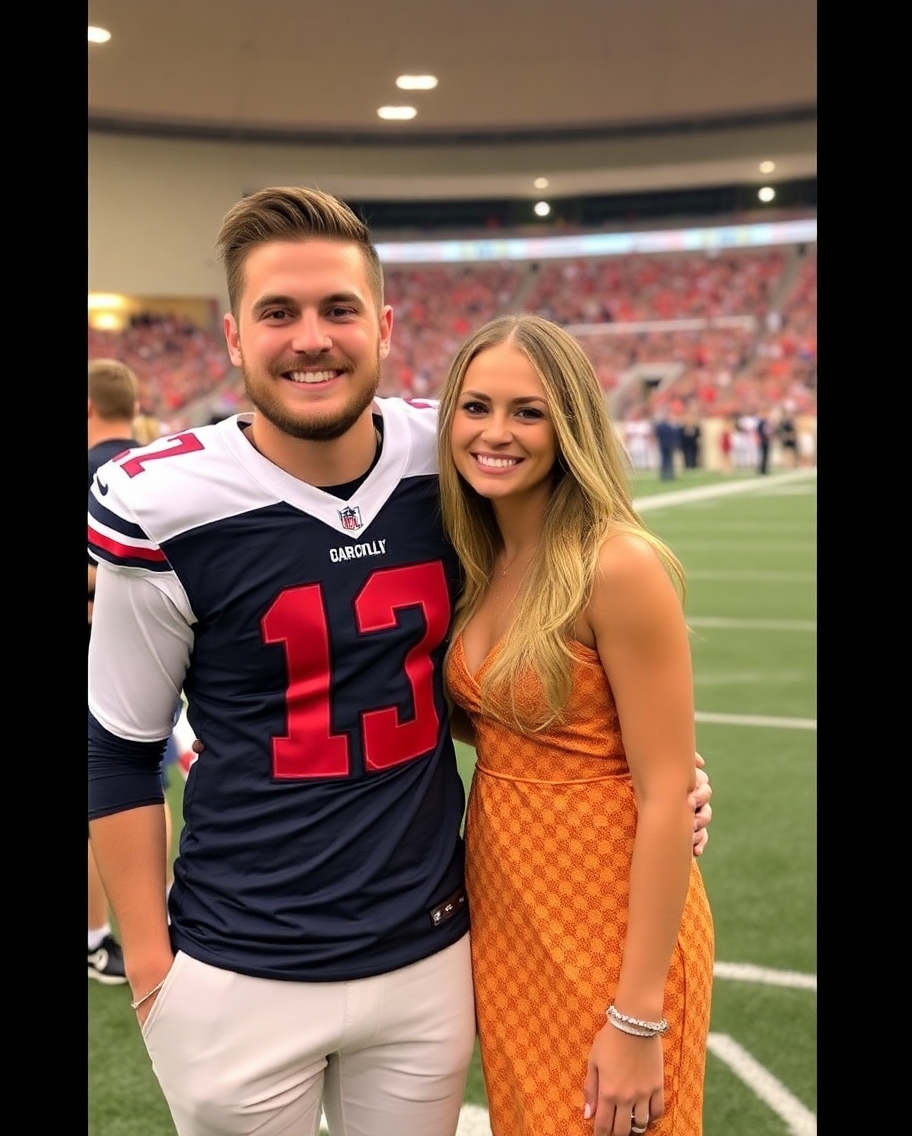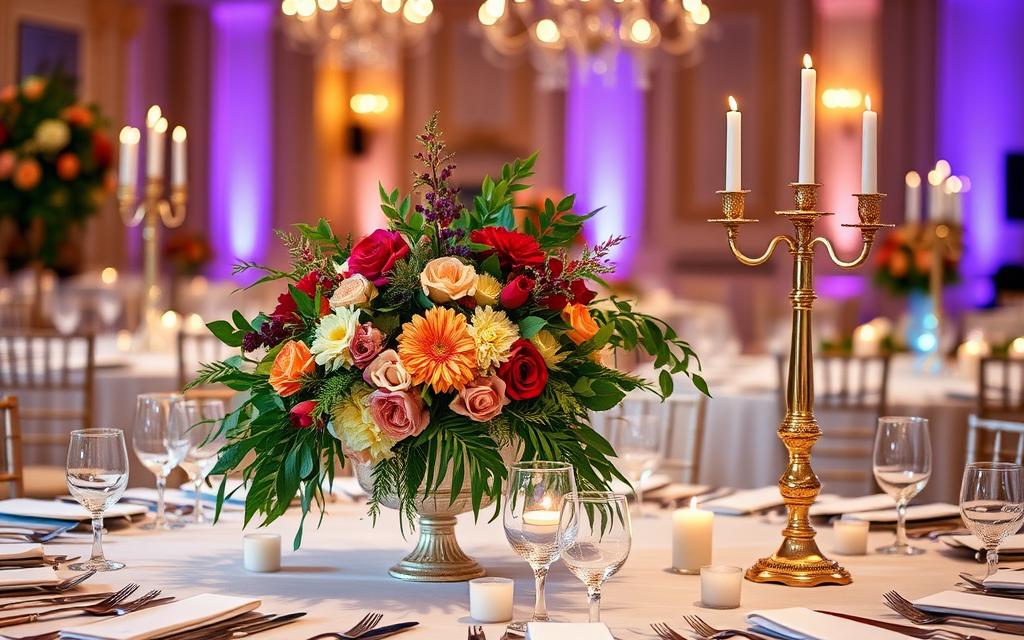Fashion
How to Dress Like a Copenhagen Fashion Week Showgoer

Copenhagen Fashion Week is renowned for its innovative, effortlessly chic style. If you’ve ever admired the trendy looks that grace the streets of this Nordic city during fashion week, you’re not alone. The good news is that you don’t have to be a fashion insider to dress like one. In this guide, we’ll break down the key elements of Copenhagen Fashion Week style and show you how to incorporate them into your own wardrobe.
Embrace Minimalism
One of the hallmarks of Copenhagen fashion is its minimalist aesthetic. This doesn’t mean boring or plain; it’s all about clean lines, neutral colors, and high-quality fabrics.
Key Pieces
- Tailored Blazers: A well-fitted blazer can instantly elevate your look. Opt for neutral shades like black, white, or beige.
- Basic Tees and Tanks: Invest in high-quality basics. A simple white tee can go a long way.
- Straight-Leg Pants: Ditch the skinny jeans and go for straight-leg or wide-leg trousers. They offer a relaxed yet polished look.
How to Style
Pair a tailored blazer with a basic tee and straight-leg pants. Add a pair of white sneakers for a casual touch or heels for a more formal vibe.
Go for Earthy Tones
Nordic fashion often features earthy tones that mirror the natural landscape. Think shades of brown, green, and beige.
Key Pieces
- Knit Sweaters: Opt for oversized knit sweaters in earthy tones. They’re cozy and stylish.
- Midi Skirts: A midi skirt in a neutral shade can be incredibly versatile.
- Ankle Boots: Brown or tan ankle boots are a staple in Nordic fashion.
How to Style
Combine an oversized knit sweater with a midi skirt and ankle boots. This look is perfect for both casual outings and more formal settings.
Layering is Key
Copenhagen’s unpredictable weather makes layering a necessity. But it’s also a great way to add depth and interest to your outfit.
Key Pieces
- Long Coats: A long, tailored coat can be layered over almost anything.
- Scarves: A chunky scarf not only keeps you warm but also adds a stylish element to your look.
- Blouses and Shirts: Layer a blouse under a sweater or a shirt under a blazer for a chic, layered look.
How to Style
Start with a basic tee or blouse, add a sweater, and top it off with a long coat. Don’t forget to accessorize with a chunky scarf.
Mix Textures
One way to make your outfit stand out is by mixing different textures. Think leather, wool, silk, and denim.
Key Pieces
- Leather Jackets: A classic leather jacket can add an edge to any outfit.
- Silk Blouses: A silk blouse brings a touch of elegance.
- Denim Jeans: High-quality denim is a must-have in any wardrobe.
How to Style
Pair a silk blouse with denim jeans and a leather jacket. This combination balances softness with structure, creating a well-rounded look.
Sustainable Fashion
Copenhagen is also known for its commitment to sustainability. Many of the looks you’ll see during fashion week are made from eco-friendly materials.
Key Pieces
- Recycled Fabrics: Look for brands that use recycled or sustainable fabrics.
- Vintage Finds: Shopping vintage is a great way to find unique pieces while being eco-friendly.
- Ethical Brands: Support brands that prioritize ethical practices and sustainability.
How to Style
Create a chic outfit with a mix of vintage and sustainable pieces. For example, pair a vintage blazer with a recycled fabric dress.
Accessorize Wisely
Accessories can make or break an outfit. In Copenhagen fashion, the key is to keep it simple but impactful.
Key Pieces
- Minimalist Jewelry: Think simple gold or silver pieces.
- Functional Bags: A stylish yet practical bag is essential. Opt for crossbody or tote bags.
- Statement Sunglasses: A pair of unique sunglasses can add a trendy touch.
How to Style
Keep your accessories to a minimum but choose pieces that stand out. For instance, a pair of statement sunglasses with a minimalist outfit can create a balanced look.
Footwear Matters
The right footwear can elevate your entire outfit. In Copenhagen, you’ll see a mix of practical and stylish options.
Key Pieces
- White Sneakers: A versatile choice that goes with almost anything.
- Chunky Boots: Perfect for colder weather and adds a rugged touch.
- Mules and Loafers: Great for a more polished look.
How to Style
White sneakers are perfect for a casual day out, while mules or loafers can be paired with tailored pants for a more formal setting.
Final Thoughts
Dressing like a Copenhagen Fashion Week showgoer is all about balancing minimalism with unique, impactful pieces. By focusing on high-quality basics, earthy tones, and sustainable fashion, you can create stylish, Nordic-inspired outfits that are both trendy and timeless. Don’t forget to layer wisely, mix textures, and accessorize thoughtfully to complete your look. Happy styling!
Fashion
The Unexpected Jewelry Trend Fashion People Are Loving RN

Jewelry trends are constantly evolving, but every so often, a style emerges that takes the fashion world by surprise. This season, one unexpected trend has captured the attention of fashion enthusiasts everywhere: mismatched earrings. This quirky, playful approach to accessorizing has been embraced by style icons, influencers, and designers alike, making it the must-try jewelry trend of the moment.
Why Mismatched Earrings?
Mismatched earrings offer a refreshing departure from traditional, symmetrical jewelry. They allow for creativity and personal expression, giving wearers the freedom to mix and match different shapes, sizes, and styles to create a look that is uniquely their own. This trend is all about breaking the rules and having fun with fashion, making it perfect for those who like to experiment with their style.
How to Rock the Trend
The beauty of mismatched earrings lies in their versatility. Whether you prefer bold statement pieces or delicate, understated designs, there’s a way to incorporate this trend into your look. Here are a few tips to help you pull off mismatched earrings with confidence:
- Play with Proportions: Mix a large, attention-grabbing earring with a smaller, more subtle piece. For example, pair a chunky hoop on one ear with a simple stud on the other. This creates an interesting contrast that draws the eye and adds dimension to your outfit.
- Mix Materials and Textures: Don’t be afraid to combine different materials and textures. Pairing a pearl earring with a gold geometric design, for example, can create a striking and unexpected look. Mixing metals like gold and silver is also a chic way to embrace this trend.
- Experiment with Shapes: Try combining different shapes and silhouettes, like a drop earring with a stud or a hoop with an ear cuff. The key is to ensure that, while different, the earrings complement each other in some way—whether through color, material, or theme.
- Balance Bold with Minimal: If one earring is particularly bold or ornate, balance it out with a more minimal piece. This keeps the look from feeling too chaotic while still allowing the mismatched element to shine.
- Layer Up: For those with multiple piercings, this trend offers even more possibilities. Layer different earrings along your ear, mixing and matching as you go. Start with a larger piece at the lobe and gradually work your way up with smaller, coordinating studs or cuffs.
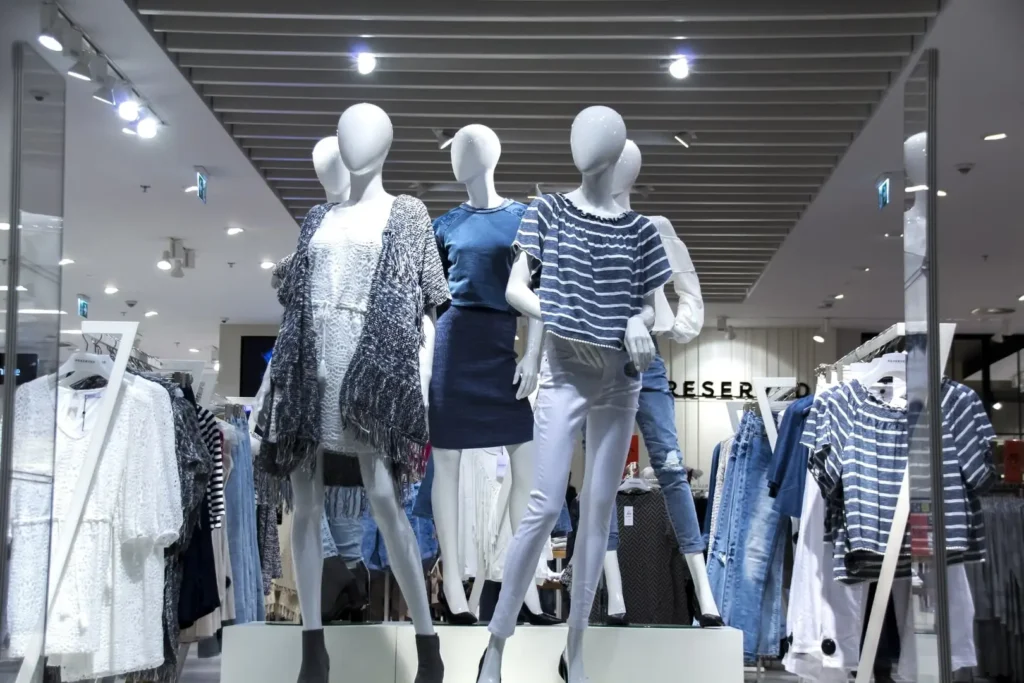
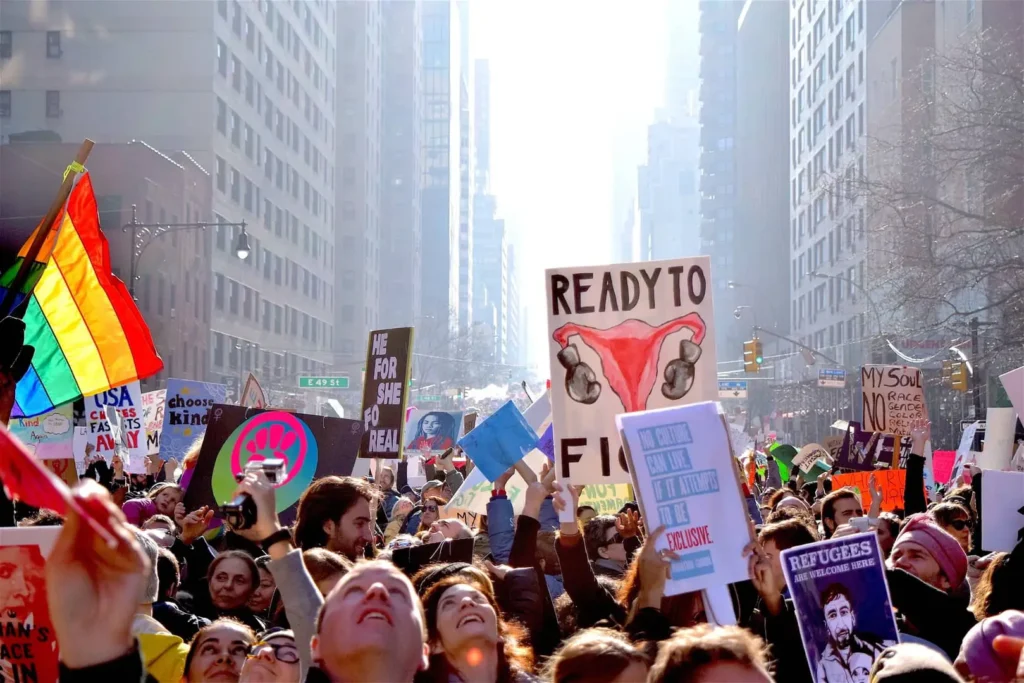
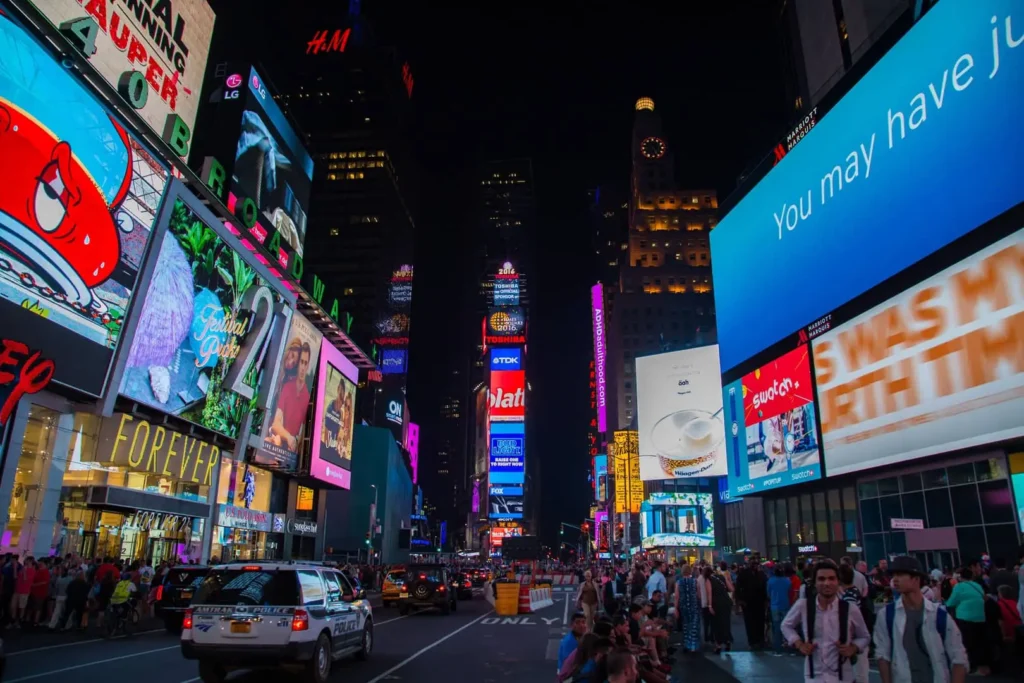


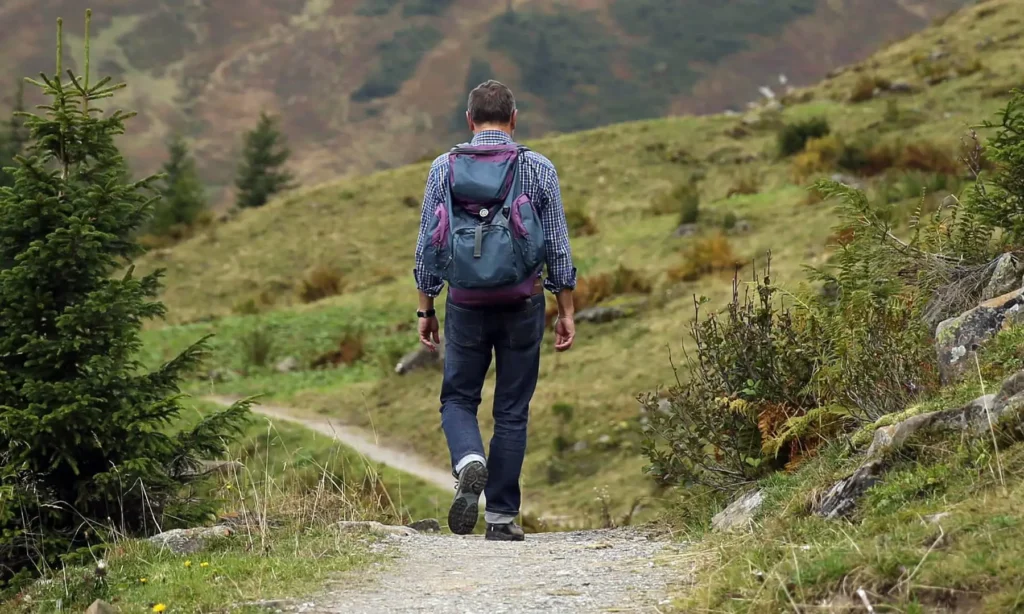
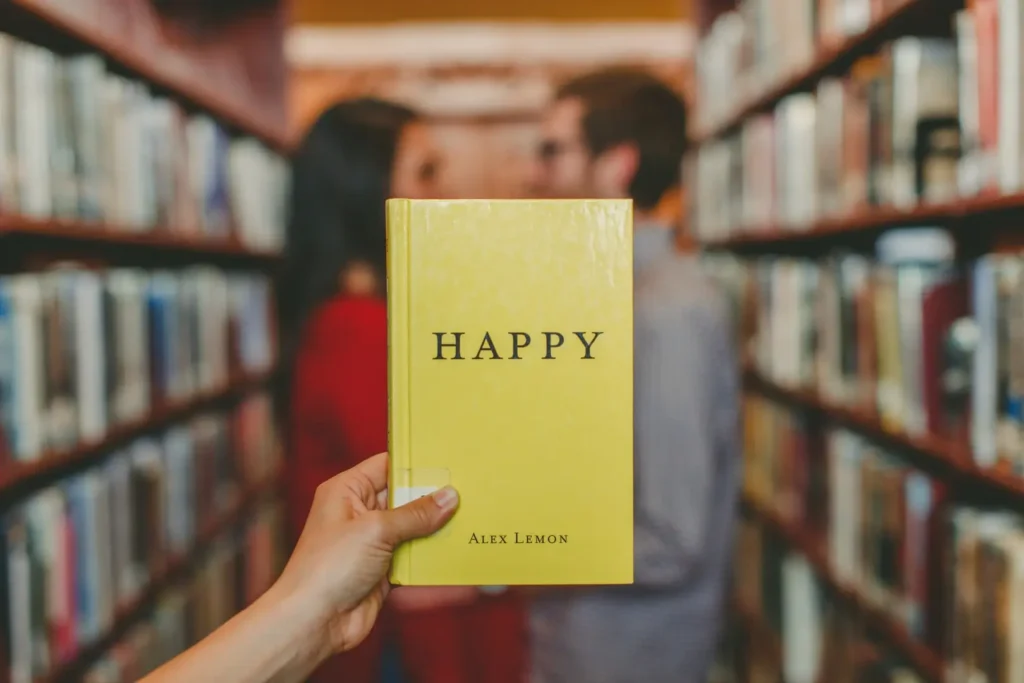
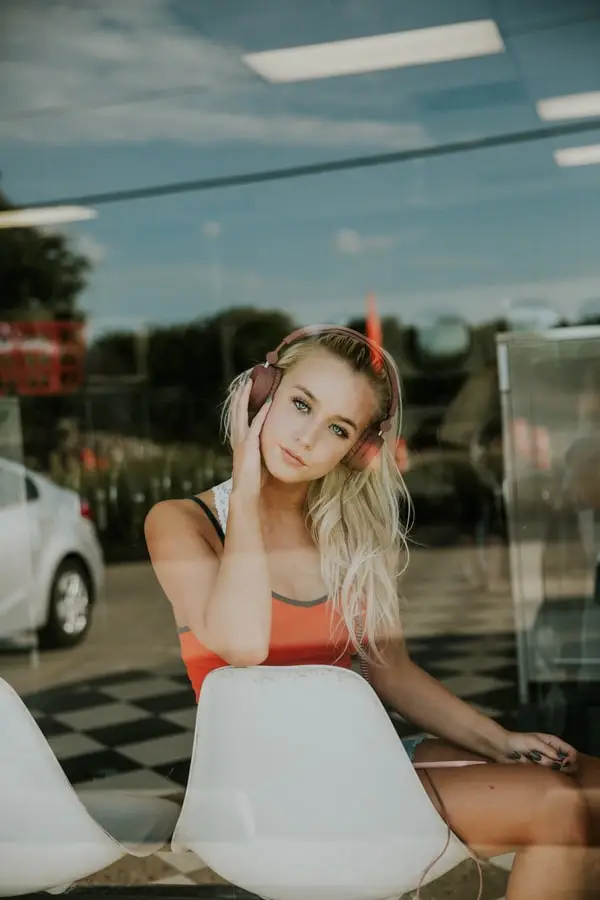
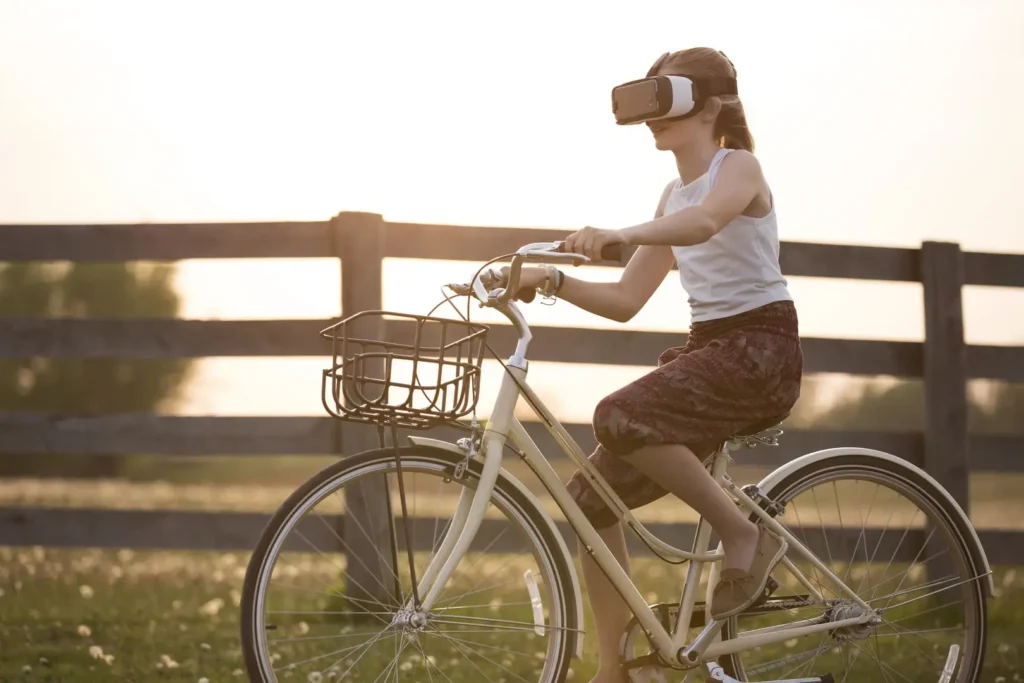

Why Fashion People Love It
The mismatched earring trend resonates with fashion lovers because it’s both rebellious and refined. It challenges traditional notions of symmetry and uniformity, allowing for more personal and creative expression. It’s a trend that encourages individuality, making it particularly appealing in a fashion landscape that increasingly values uniqueness and self-expression.
Conclusion
If you’re looking to update your jewelry collection, consider adding a few mismatched earrings to the mix. This trend is all about embracing the unexpected and having fun with your style. Whether you’re dressing up for a special occasion or just want to add a bit of flair to your everyday look, mismatched earrings are a fresh, modern way to make a statement. So go ahead, mix it up—you might just discover a new favorite look.
Exclusive
22 Fashion Trends From the 2000s That Are Making a Comeback

The 2000s were an era of bold fashion choices, from ultra-low-rise jeans to chunky belts and everything in between. These trends, once considered passé, are now experiencing a resurgence, proving that fashion is indeed cyclical. Here’s a look at 22 iconic fashion trends from the 2000s that are making a stylish comeback.
1. Low-Rise Jeans
Love them or hate them, low-rise jeans are back. These hip-hugging pants are making their way into modern wardrobes, often paired with crop tops or oversized blazers.
2. Velour Tracksuits
Velour tracksuits, made famous by brands like Juicy Couture, are once again a cozy yet stylish staple. They’re perfect for lounging or making a laid-back statement.
3. Tiny Sunglasses
Small, rectangular or oval sunglasses are the go-to accessory for adding a touch of 2000s flair to any outfit.
4. Baby Tees
These snug-fitting, cropped T-shirts are back, often featuring graphic prints or cheeky slogans, just like in the early aughts.
5. Butterfly Clips
Remember those colorful butterfly hair clips? They’ve fluttered back into fashion, adding a playful, nostalgic touch to hairstyles.
6. Cargo Pants
Cargo pants with multiple pockets are making a comeback as a versatile, utilitarian piece that blends comfort with style.
7. Platform Sandals
Chunky platform sandals, often with a strappy design, are once again a summer footwear favorite, adding height and a touch of nostalgia.
8. Bucket Hats
Once a staple of early 2000s streetwear, bucket hats are back in various materials and patterns, from denim to floral prints.
9. Rhinestone Embellishments
Sparkling rhinestones on everything from tops to accessories are making a return, adding a bit of bling to modern wardrobes.
10. Denim Skirts
Denim skirts, particularly the mini variety, are enjoying a revival. They’re being styled with everything from chunky knits to sleek bodysuits.
11. Bandana Tops
Bandanas worn as tops were a festival favorite in the 2000s, and they’re back as a chic, bohemian style statement.
12. Chain Belts
Thin, decorative chain belts are once again cinching waists and adding a bit of edge to both casual and dressy outfits.
13. Halter Tops
Halter tops, which tie around the neck, are back in style, often seen in satin or knit fabrics for a modern twist.
14. Logo Mania
Brands like Gucci, Dior, and Fendi are reviving the early 2000s love for logo-heavy clothing, with bold branding featured prominently on apparel and accessories.
15. Pleated Mini Skirts
Inspired by preppy fashion, pleated mini skirts are making a comeback, often paired with oversized sweaters or graphic tees.
16. Double Denim
The double denim look, also known as the “Canadian tuxedo,” is back, with fashion-forward individuals pairing denim jackets with jeans.
17. Corset Tops
Corset-inspired tops are being reimagined for modern times, often styled with high-waisted jeans or skirts for a balanced look.
18. Trucker Hats
Trucker hats, once a symbol of 2000s casual cool, are now a trendy accessory, often featuring vintage or humorous graphics.
19. Flared Jeans
Flared jeans, with their dramatic bell-bottoms, are back, bringing a bit of 70s influence into the 2000s-inspired wardrobe revival.
20. Arm Warmers
Arm warmers, popularized by the emo and punk scenes of the early 2000s, are making a stylish comeback as a quirky accessory.
21. Metallic Fabrics
Shiny, metallic fabrics in gold, silver, and vibrant colors are back, adding a futuristic vibe to party dresses and accessories.
22. Beaded Jewelry
Chunky, colorful beaded necklaces and bracelets are being revived as a fun, playful way to accessorize casual outfits.
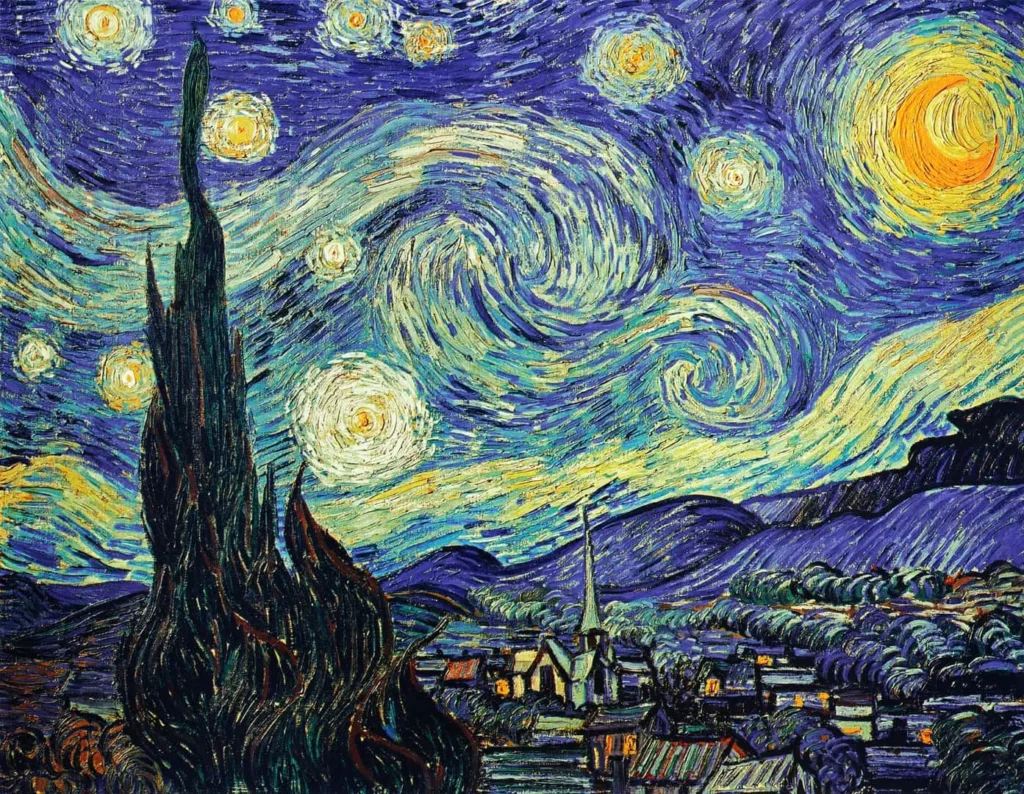



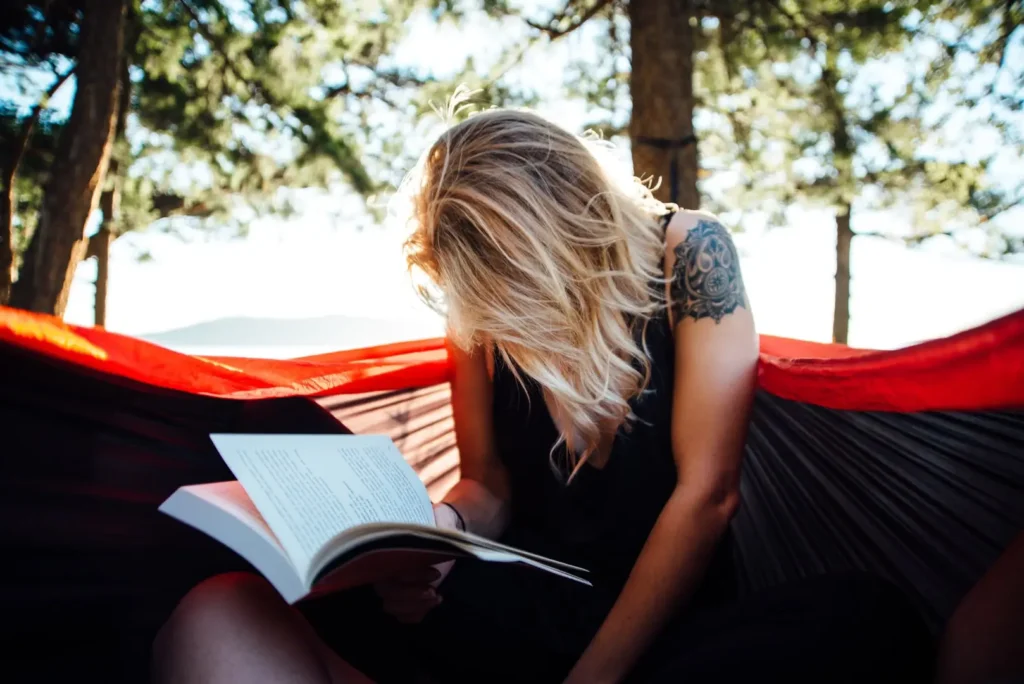



Conclusion
Fashion from the 2000s is making a major comeback, with iconic trends being reinterpreted for the modern era. Whether you’re revisiting these styles with fond nostalgia or discovering them for the first time, these 22 trends offer plenty of inspiration for adding a bit of early-aughts flair to your wardrobe.
Fashion
Beware Fashion’s Sustainability Retreat

The fashion industry has made significant strides toward sustainability in recent years, with numerous brands adopting eco-friendly practices, promoting ethical production, and encouraging consumers to make more conscious choices. However, as the global economy faces new challenges and consumer behavior evolves, there is growing concern that the industry’s commitment to sustainability might be waning. This retreat from sustainability is a worrying trend that could have profound implications for the environment and society.
The Rise of Fast Fashion and Greenwashing
The fast fashion industry has long been criticized for its environmental and social impacts, including excessive waste, pollution, and poor labor conditions. Despite growing awareness and criticism, fast fashion continues to thrive, fueled by the demand for cheap, trendy clothing. Some brands have responded to sustainability concerns by launching “green” collections or marketing their products as eco-friendly. However, many of these initiatives are superficial, amounting to little more than greenwashing—where companies exaggerate or misrepresent their environmental efforts to appeal to conscious consumers without making meaningful changes to their practices.
Economic Pressures and the Sustainability Setback
The global economy has faced significant disruptions due to events like the COVID-19 pandemic, geopolitical tensions, and inflation. These challenges have led many fashion companies to prioritize short-term survival over long-term sustainability goals. Cost-cutting measures, supply chain disruptions, and a focus on profitability have often resulted in reduced investment in sustainable materials, ethical labor practices, and environmentally friendly production processes.
Furthermore, some consumers, facing economic uncertainty, may opt for cheaper, less sustainable options, undermining the progress made in encouraging mindful consumption. The return to pre-pandemic shopping habits, including an increase in fast fashion purchases, signals a potential shift away from the slow fashion movement that gained traction in recent years.
The Impact of a Sustainability Retreat
A retreat from sustainability in the fashion industry could have severe consequences. The industry is one of the largest polluters globally, contributing to water pollution, carbon emissions, and textile waste. A rollback in sustainable practices could exacerbate these issues, leading to further environmental degradation and worsening the climate crisis.
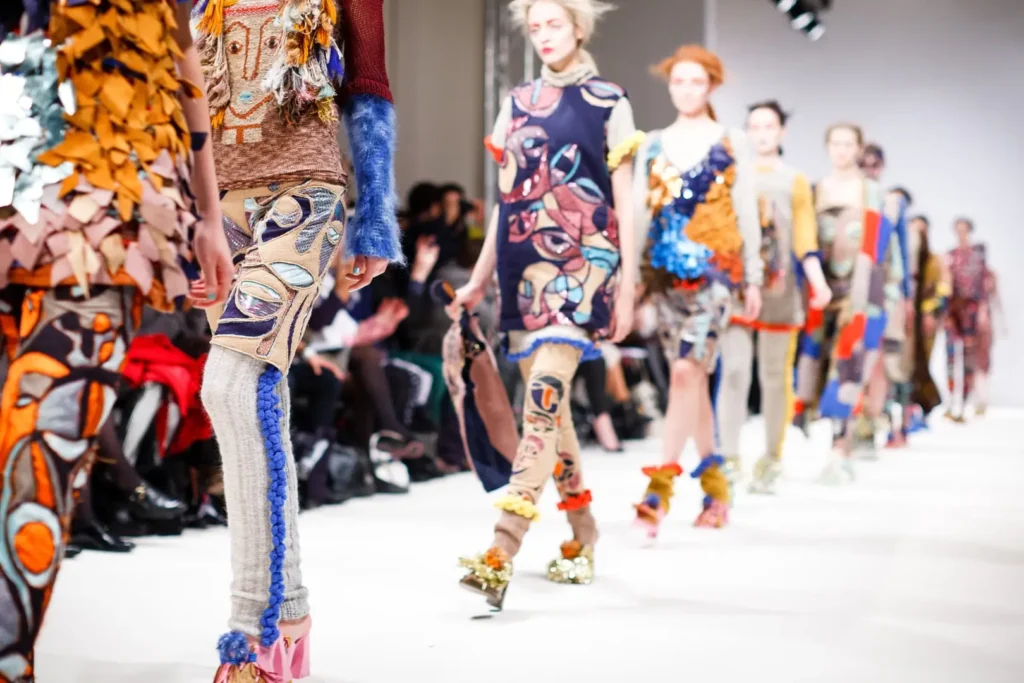




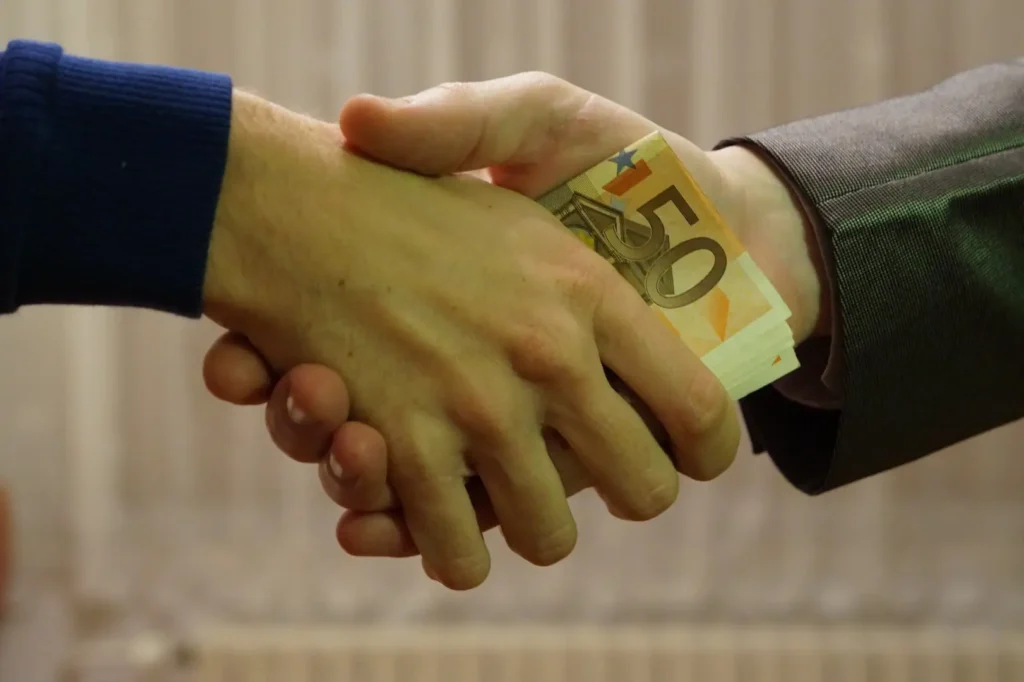


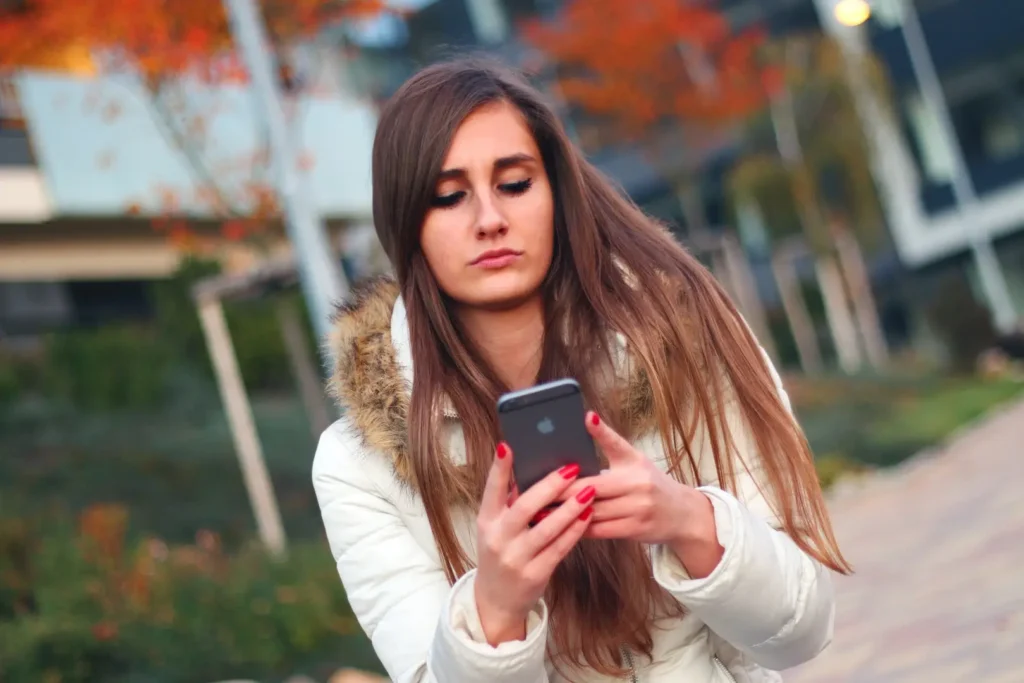

Additionally, the social impact of unsustainable fashion practices cannot be overlooked. Many workers in the fashion supply chain are already vulnerable to exploitation, and a retreat from ethical labor practices could lead to worsening conditions, including lower wages, unsafe working environments, and reduced workers’ rights.
The Path Forward: Recommitting to Sustainability
To counteract this potential retreat, it is crucial for both fashion brands and consumers to recommit to sustainability. Brands must go beyond greenwashing and implement genuine, transparent practices that prioritize the planet and people over profits. This includes investing in sustainable materials, ensuring ethical labor practices, and creating products designed to last rather than contribute to the throwaway culture.
Consumers also play a vital role in driving change. By supporting brands that are committed to sustainability, choosing quality over quantity, and practicing mindful consumption, individuals can help shift the industry towards a more sustainable future. Additionally, demanding greater transparency and accountability from fashion companies can push the industry to maintain its focus on sustainability, even in challenging times.
Conclusion
While the fashion industry has made significant progress in embracing sustainability, the recent signs of retreat are concerning. In an era where the consequences of environmental degradation and social inequality are becoming increasingly apparent, it is more important than ever for the industry to stay committed to its sustainability goals. By continuing to prioritize sustainable practices, both fashion brands and consumers can help ensure that the progress made is not lost and that the industry can move towards a more responsible and ethical future.
-

 Fashion8 years ago
Fashion8 years agoThese ’90s fashion trends are making a comeback in 2017
-

 Entertainment8 years ago
Entertainment8 years agoThe final 6 ‘Game of Thrones’ episodes might feel like a full season
-

 Fashion8 years ago
Fashion8 years agoAccording to Dior Couture, this taboo fashion accessory is back
-

 Entertainment8 years ago
Entertainment8 years agoThe old and New Edition cast comes together to perform
-

 Sports8 years ago
Sports8 years agoPhillies’ Aaron Altherr makes mind-boggling barehanded play
-

 Business8 years ago
Business8 years agoUber and Lyft are finally available in all of New York State
-

 Entertainment8 years ago
Entertainment8 years agoDisney’s live-action Aladdin finally finds its stars
-

 Sports8 years ago
Sports8 years agoSteph Curry finally got the contract he deserves from the Warriors










